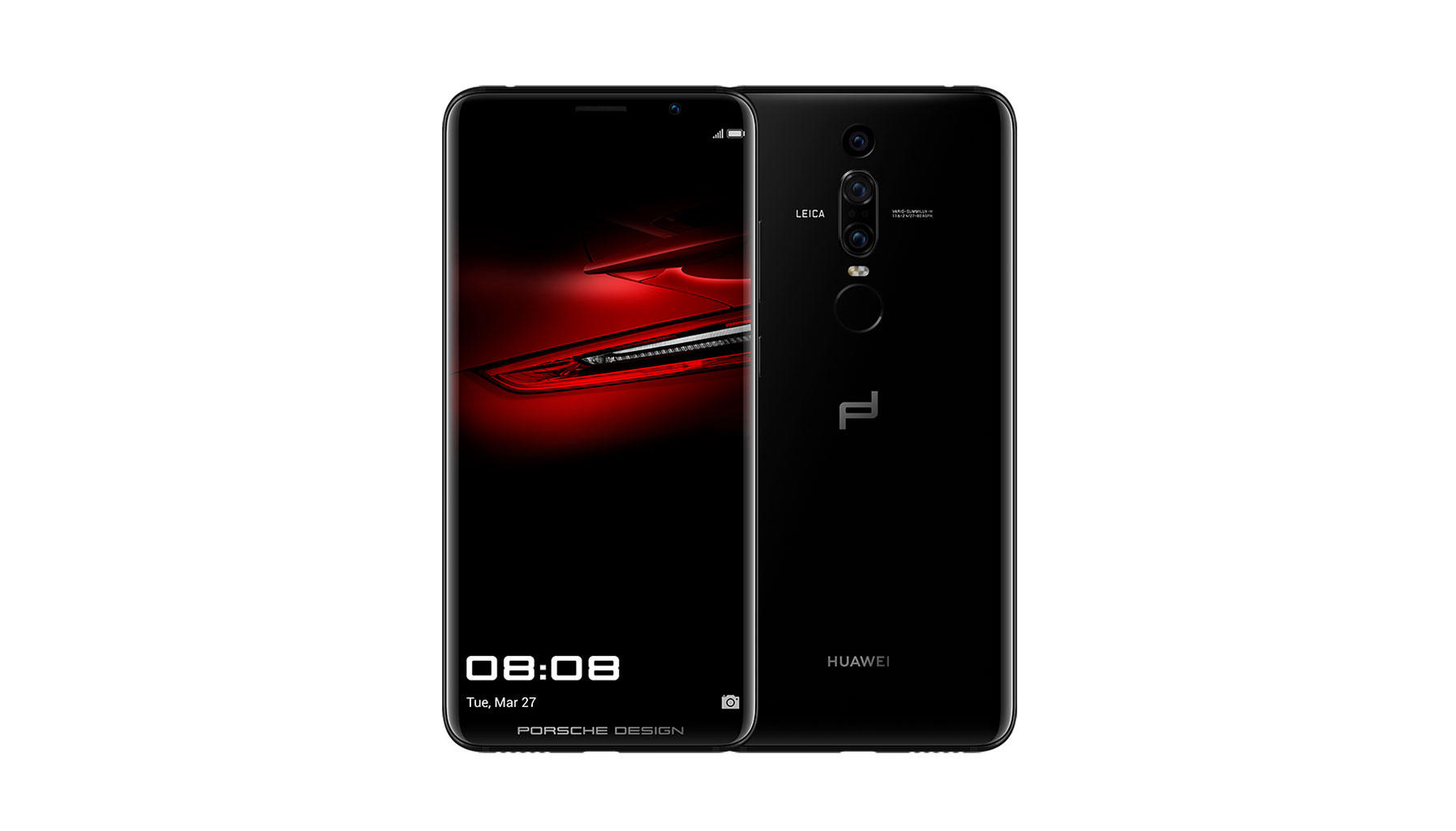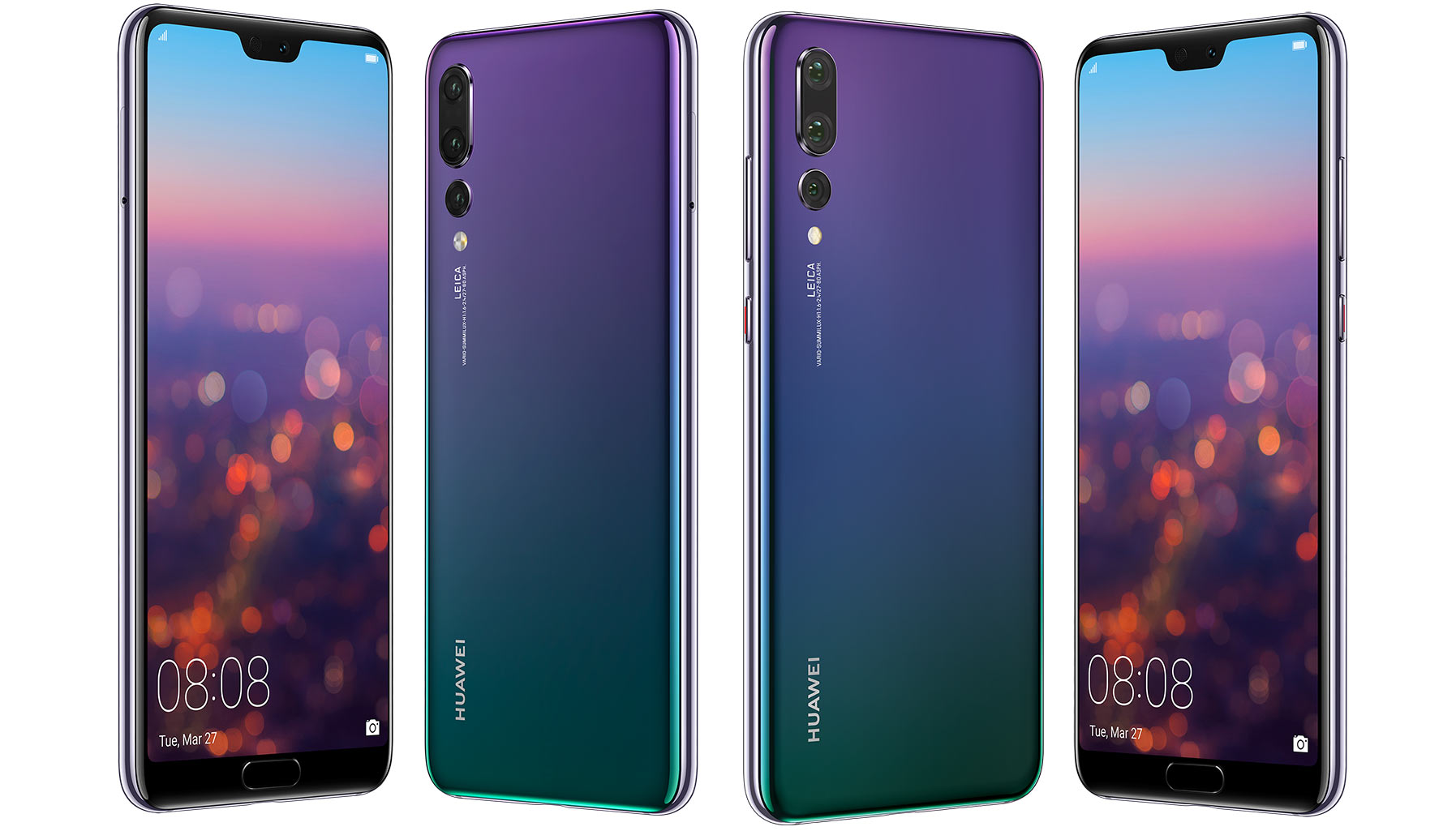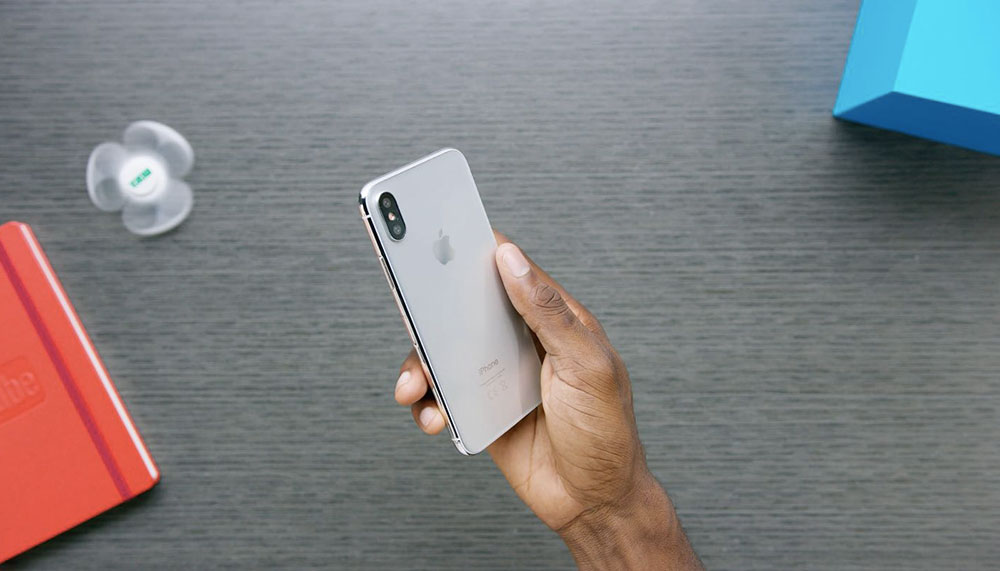TLDR; the brand’s latest flagship smartphone is packed full of great features, but none of them are truly groundbreaking
It’s probably quite telling of the point that we’re at now with smartphone tech that each new flagship phone, the LG G7+ ThinQ included, relies on some sort of gimmick to set it apart from the competition.
The Apple iPhone X has Animojis, Samsung went one better on its Galaxy S9 with AR Emojis (Apple is set to fire back with its own take called Memojis), Huawei’s P20 comes in chromatic purple, and so on.
The LG G7+ ThinQ has… a screen that you can crank up to an eyeball-melting 1,000 nits and an enlarged resonance chamber for improved bass response LG calls the Boombox.
The rest of the phone, though, is a little less groundbreaking. It has a 6.1 inch quad HD display with a notch, a pair of rear-facing cameras that can take AI-optimised photos, a Snapdragon 845 octa-core processor, 6GB of RAM and 128GB of on-board memory (expandable to 2TB via microSD).
LG also wants $1,198 for it, but is the LG G7+ ThinQ worth its asking price? We dig a little deeper.

Deep ThinQ-er
Hit the AI Cam function in the camera app to fire up the phone’s AI-powered capabilities. It’s able to recognise up to 18 different, surprisingly granular scenes and optimise the shot accordingly. Among the scenes are beach, snow, sky, beverages, fruit and baby, in addition to the usual suspects like people, food, sunrise, sunset, night sky and pets.
Starting up the AI Cam results in a flurry of text appearing on the screen, to let you know the system is working. While it is undeniably cool to see the AI beavering away, if only to know it is indeed doing what it’s supposed to, but as the old saying goes, you should never show people how sausages are made. It mistook a white dog for cauliflower and a flower was misidentified as a fish.


Sometimes, though, the AI either takes an inordinate amount of time, or simply refuses to work. It’s best used for inanimate objects or something that sits still while the AI does its thing. Snapping an AI-optimised shot of an impatient husky (the aforementioned white dog) or fast moving subjects is frustrating, if not downright impossible.
And I can’t tell if it’s just me, but the AI’s answer to any photo enhancement task is to crank up the saturation, contrast and sharpness, and like the Huawei P20, the LG G7+ ThinQ tends to overdo it sometimes.


Let There Be Light
The LG G7+ ThinQ’s camera can also automatically detect low light situations and brighten the image by up to four times. And it doesn’t just do this by cranking up the ISO, as noise levels are barely perceptible.
The trade-off is that it also downscales the resolution by a factor of four. It also muddies and washes colours out. It’s certainly useful in a pinch, though it’s certainly no magic bullet, and you’re better off taking the shot in better light.

Let There Be Light V2
If, however, there’s an over-abundance of light, the LG G7+ ThinQ can turn the brightness of its display up to 1,000 nits. Contrary to what you might think, it doesn’t tear through its battery life as quickly as you might think in doing so, with LG claiming it’s 30 per cent more efficient than its predecessor, the G6.
The effect is undoubtedly impressive and effective, with the display’s brightness easily able to cope with even the most glaring sunlight.
The bigger question is, while the Super Bright Display does it what says on the tin, is it really necessary? Unless you’re living on the surface of the sun, or spend a lot of time near a searchlight, the maximum brightness setting on any modern smartphone is more than sufficient.

Push My Buttons
Oddly enough, one of the defining features of the LG G6 was the location of its power button/fingerprint sensor on the rear of the device. An elegant solution to reduce button clutter.
The LG G7+ ThinQ, while it still has its fingerprint sensor on the rear, relocates the power button to the side of the device, on the right. The left of the device also has a new button, a dedicated one for Google Assistant joining the volume up/down buttons.
Why LG has chosen to copy one of Samsung’s worst new features, the Bixby button, will remain a mystery. In more annoying parallels with Samsung, the Google Assistant button on the LG G7+ ThinQ can’t be remapped to a function of your choosing.

Drop The Bass
If the G7 has a killer feature, it would be its audio — both from its built-in speakers and from its 3.5mm headphone jack. Yes, it still has a ‘legacy’ port, in an era when it’s not unusual to find smartphones without it.
Its speakers tout a resonance chamber 10 times larger (or so LG claims) than its competitors for improved bass response, and while it isn’t that obvious while held in your hand, put it on a table and the LG G7+ ThinQ is loud. Like proper soundbar kind of loud. Clarity isn’t great, in spite of the DTS-certified speakers, but then again, you’re barking up the wrong tree if you got a smartphone to double as a soundbar.
Clarity and quality through headphones, on the other hand, is amazing. The LG G7+ ThinQ has a built-in DAC and DTS:X virtual surround. Credit where credit’s due here, especially the DTS:X virtual surround, steering clear of the unnatural artificial widening of the soundstage some other devices produce.
Of course, ultimate quality depends on what you’re playing and what earphones you’re playing it through. No amount of DAC and virtual surround will make a 32kbps audio file paired with a crummy pair of $10 earphones sound good.


Should I Drop $1,198?
It depends, really. Objectively speaking, aside from that aforementioned sound quality, the LG G7 ThinQ doesn’t particularly stand out in any way, choosing to err on the safe side.
That’s not to say the LG G7+ ThinQ is bad. On the contrary, it’s deeply competent. Its specs (apart from the IPS display, instead of OLED, which is a bit of a disappointment) are befitting a flagship device, though it’s hard to get truly excited about it.
That said, it’s easy to see its appeal. People who want something that looks nondescript, that gets the job done without too much flashiness. If that describes you, then, LG has a phone to sell you.



